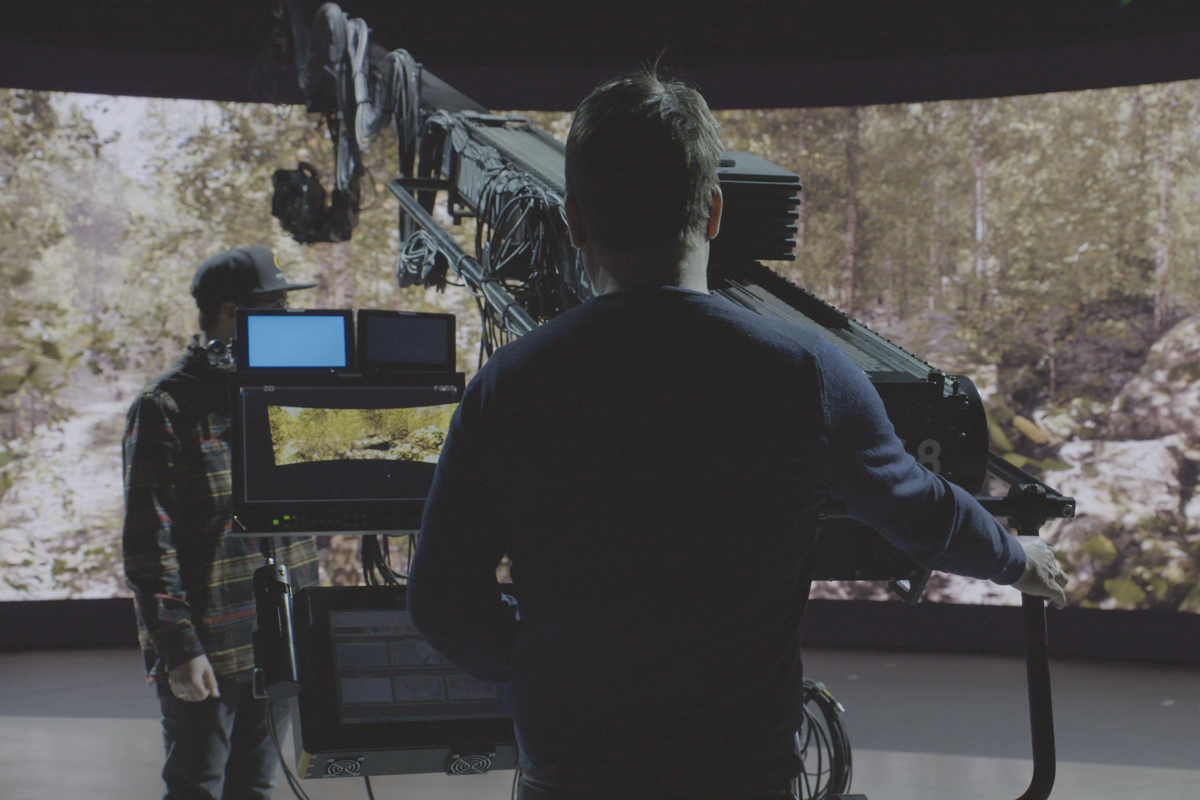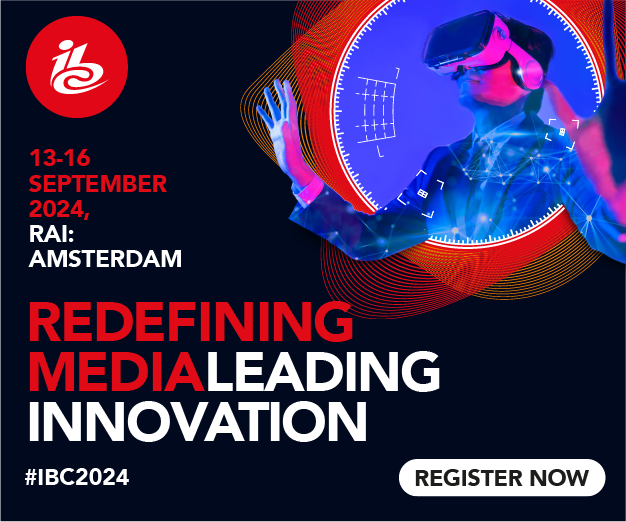
Thought Leadership: Pixotope
Posted on Apr 5, 2024 by Samara Husbands
A Transformative Storytelling Tool
Marcus B Brodersen, CEO at Pixotope, chronicles the impact of VP
Visual media is in the midst of a technology-driven revolution that is reshaping the way stories are told and experiences are created.
Central to this transformation is the advent of virtual production – a confluence of artistry, technology and innovative thinking that paves the way for all creators to produce exciting content with a high-end impact.
VP is more than just a flashy industry buzzword.
There are different interpretations, but essentially it represents a set of cutting-edge tools and techniques used to create fully immersive experiences that blend real-time virtual elements with live video.
It encompasses a spectrum of disciplines such as augmented reality (AR), mixed reality (MR), in-camera visual effects and the use of LED volumes to create extended reality (XR).
VP isn’t just enhancing the visual narrative: it’s revolutionising it.
This technology gives creators more freedom and control over the creative process, while also offering cost efficiencies and the ability to collaborate and edit in real time.
One of the benefits is the ability to create vast, intricate settings without the need for extensive physical sets or locations.
This reduces logistical costs and also opens up a world of previously unthinkable creative possibilities.
With the ongoing fight to retain viewers, VP brings immersive, experiential storytelling to live broadcasting.
Viewers today are not content with being mere spectators; they want to be engaged by content that blends live, photorealistic graphics and the physical world.
Events such as news broadcasts, sports events and live entertainment shows can now integrate real-time data visualisations, immersive environments and interactive graphics directly into the live stream.
Even the Super Bowl saw the addition of AR graphics to enrich viewer experience, transforming passive observation into an engaging, dynamic interaction.
Additionally, for news and sports broadcasters, the use of virtual sets and augmented reality elements can provide viewers with more in-depth analysis and an immersive storytelling experience.
Complex information is made accessible and digestible through visually engaging content, making the broadcast both informative and entertaining.
The next generation
VP also creates new opportunities for advertising revenue streams. Instead of traditional commercial breaks, clever VP-powered advertising seamlessly flows through programming without a jarring interruption.
In a crowded and competitive media landscape, this enables broadcasters to capture and grow their audience market by providing audiences with what they want most – high-end cinematic visuals and effects.
However, the adoption of these technologies isn’t without challenges.
The platforms are technically complex, initial investments can be high and there is a significant learning curve for those used to traditional production methods. A significant hurdle is the shortage of talent proficient in the nuances of VP technology.
This gap between demand and supply can slow down the innovation process: the learning curve is steep and the technology relatively new.
Many traditional filmmakers and production crew members find themselves having to upskill or reskill to stay relevant in this shifting landscape.
Addressing the talent shortage begins with education and training.
Academic institutions, in collaboration with industry leaders, can develop specialised courses that equip future creatives with the skills needed to effectively work in a VP set-up.
By integrating these programmes into traditional film and media studies, we can create a talent pipeline that is well-versed in both the art and the science of this revolutionary technology.
Furthermore, by creating more intuitive and user-friendly interfaces, VP software companies and technology providers can help lower the barrier to entry for individuals and studios who are looking to explore this field further.
Looking forward, it’s not a question of if VP will become the standard, but when.
The democratisation of high-performance computing and inherent scalability of software-based solutions are paving the way for creators of all kinds to harness this technology within their productions.
VP is not just a trend, it’s a seminal shift in how we conceive and execute visual storytelling.
This feature was first published in the April 2024 issue of Definition.























